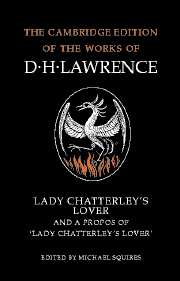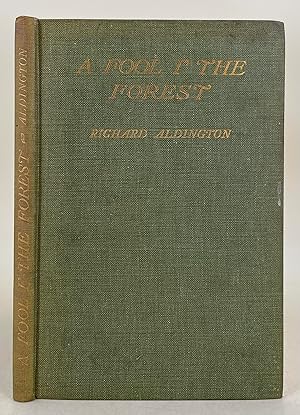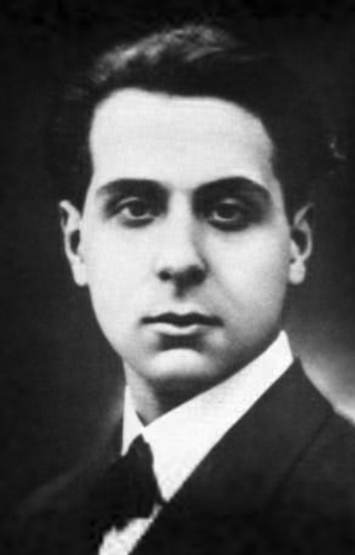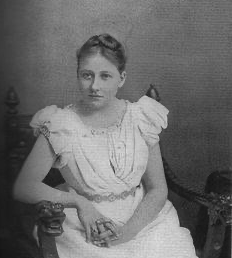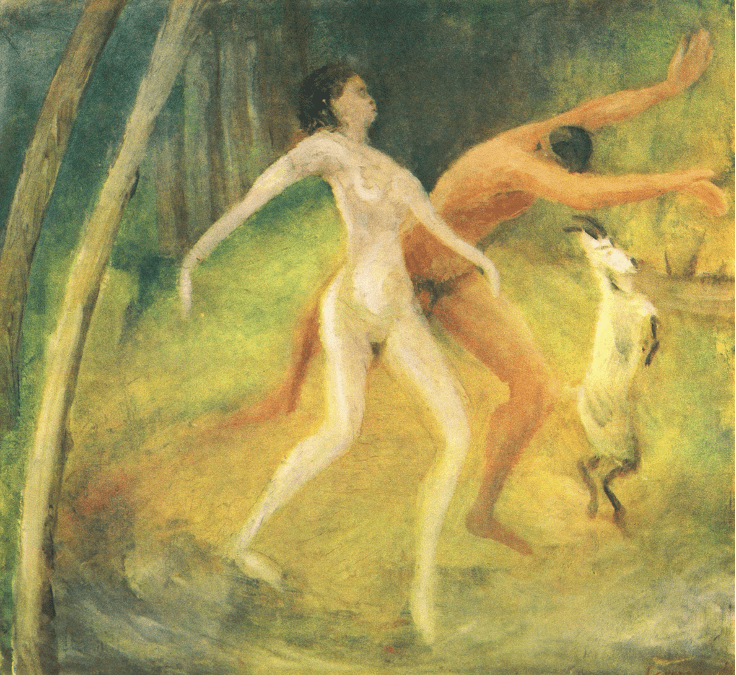Report of the Inaugural Meeting of the London D. H. Lawrence Group
Hugh Stevens
A Propos of Lady Chatterley’s Lover
Friday 20th September 2019
New College of the Humanities, 19 Bedford Square, London, WC1B 3HH
6.30-8.30 pm
ATTENDERS
Catherine Brown
Jane Costin
Alex Korda
Pat Hopewell
Adam Peter Lang
Dudley Nichols
Jane Nichols
Hugh Stevens
Aleksandar Vasilkov
[Ninety years ago, in the autumn of 1929, Lawrence expanded his April 1929 introduction to his cheap Paris edition of Lady Chatterley’s Lover (‘My Skirmish with Jolly Roger’, which concerned his experiences dealing with pirated editions of the novel) into ‘A Propos of Lady Chatterley’s Lover. This 35-page essay was published free-standing in England by the Mandrake Press in 1930. It opens with the earlier essay’s discussion of piracy, but moves into an exposition of Lawrence’s ideas on counterfeit emotion, counterfeit sexuality, and the wisdom of the Catholic Church concerning marriage, sexuality, the body, personal liberty, and the rhythm of the Christian year, before relating these ideas to Lady Chatterley’s Lover in its closing section.]
Hugh Stevens opened by describing the 1960 UK Lady Chatterley trial as an iconic moment in cultural history, and by reminding us that the witnesses for the defense relied heavily on quotations from ‘A Propos’. These were taken particularly from passages that had a religious, sacramental tone, and/or repeated the word ‘chastity’. One aim was to make the novel appear respectable, a particular problem that Penguin faced being that it wished to publish a paperback edition of the novel, which would therefore be available to the mass of the population. Legally-borderline material, in the UK as elsewhere, had been easier to publish in an edition or language that restricted its availability to an elite.
In the different context of a non-instrumental reading of the essay, he suggested that there were several different kinds of ways of reading it, and that it would be kindest to the essay itself to trust the essay not the essayist. That is, we should try to read and value ‘A Propos’ as art rather than as an explicit statement of a philosophy; the poetry carries the philosophy and in places renders it persuasive where it otherwise might not be. This pertained particularly to the lyrical passages concerning the Catholic Church and the Christian year, from which he quoted.
That said, in its apparent anticipation of the age of internet pornography and the other contemporary intersections of sex and the body with technology, the essay appears startlingly modern, and its ideas may therefore have a persuasiveness if anything in excess of what they had in 1929. Hugh also praised Lawrence for, in this essay as elsewhere, managing to avoid ‘a tragic reading of the body’; the last part of the essay is specifically counter-tragic (and therefore implicitly counter-Thomas Hardy).
Other elements of the essay, Hugh emphasised, are problematic – notably the claims made for the phallus, which he argued could not be explained away as metaphoric (whereas in feminist psychoanalysis such as that of Melanie Klein exist concepts such as the ‘phallic mother’). In Lawrence’s case, the stress on the phallic and the masculine is problematic whatever the degree of abstraction involved, because of its correlation to the exclusion of the female-female connection (the essay underlines the importance of man-to-man connection; a similar asymmetry may be found at the end of Women in Love). As a result, despite consciously reacting against the Victorians, the essay, in its celebration of the phallus, is simultaneously very Victorian. Thus is it possible to be revolutionary in one respect and conservative in another, and Lawrence exemplifies in a high degree the dialectic between revolutionary and conservative. The conservative elements taken on their own, Hugh reminded us, explain why such strong resistance to Lawrence emerged within a decade after the unbanning of Lady Chatterley’s Lover.
In the discussion Jane noted that the essay was the work of a man who had lost his potency. Catherine concurred, noting that the essay specifically promotes the novel as a way of getting sex cleanly into the head ‘even if we can’t act’ (LCL308). Jane also observed that had Lawrence lived out a normal life span he would have felt far more our contemporary than he in fact does.
Catherine said that she found the essay’s paean to good marriage (not merely of the technical, legal kind which binds the Chatterleys) as moving, particularly in its insistence, alternating with uncertainty, that marriage is eternal rather than ending with one partner’s death.
Alex Korda demurred from the praise of the essay being expressed, saying that he found Picasso to be far more honest and revealing than Lawrence in his treatment of sex, and Zola far better in writing about sex amongst the poor. Lawrence, for Alex, exemplifies English anal retentiveness when it came to sex. Hugh and others responded that the essay makes explicit that Lawrence was conscious that this was his cultural inheritance, but also that he condemned it and was trying to break free from it. Indeed, Hugh argued that what makes Lawrence interesting on sex is precisely that he comes from a repressed culture, which gives the body an explosive potential that it does not have in the Spanish or French Picasso or Zola. Some discussion of the essay’s paradoxical treatment of Protestantism followed (focusing on its condemnation of puritanism combined with its own puritan language).
Alex Korda also raised the charge, made by Bertrand Russell amongst others, that some of Lawrence’s ideas had continuities with fascism. Jane Costin countered that Lawrence’s sense of blood consciousness was very different to the Nazi Aryan one, and Hugh agreed that there are multiple kinds of organicism, only some of which are compatible with Naziism.
Returning the discussion to the essay’s contemporary relevance, Hugh concluded by suggesting that the essay be given to today’s eighteen-year-olds, in order to see what they make of its critique of counterfeit sexuality.
